What Is an Angle Roll?
Shaped metal is one of the most important goods that our country can produce. Our infrastructure and construction capabilities depend on precisely shaped metal as a standalone solution or as machinery components. “Angle roll,” as a term, is used often in the metalworking industry, but what exactly does it mean? We’ll clear up the misconceptions in this guide.
How Do Angle Rolls Work?
Angle rolls are machines that shape metal into a form that’s useful for a specific purpose. They turn a flat sheet of metal into angle irons, solid squares, pipes, round tubing, or hundreds of other shapes.
Each rolling machine is built to create specific shapes and sizes of metal components. Often, the company making the machine creates it “to spec,” meaning they build it to bend a specific type of metal.
This fact often means that industries use multiple rolling machines; the number of potential shapes and the wide variety of metals available are too much for one machine to handle.
Each angle roll machine has its own strengths and weaknesses. Which machine you choose depends on what you’re creating, what you need, and which features impact your project the most.
Capacity
Capacity is one of the most notable differences between these machines. Each angle roll has a strength yield rating, which tells you how much pressure the machine can put out at any given time. A rolling machine for shaping plate metal provides between 36,000 and 38,000 pounds per square inch. Steel mills, on the other hand, are built to handle tougher metal; their output is around 48,000 to 58,000 PSI. Manufacturers who seldomly work with tough metals shouldn’t invest in a steel mill grade roller.
Different Types of Metals
The types of metal an angle roll can process largely depends on its weight capacity. Certain machines are built to handle industrial-grade steel, while others can only process malleable metals, like stainless steel and copper alloys. Make a list of the materials you work with on a regular basis and consult an expert to figure out what type of machine is best for you.
Differences in the Rolls
The number of “rolls” an angle roll has is another important difference. “Rolls” are the round parts that spin to bend and shape the metal within the machine. Each has at least one pinching roll that’s used to feed the metal into the machine.
Angle rolls come in single-pinch and double-pinch varieties. Double-pinch rollers offer more precision and can handle longer sheets of metal, but they are the most expensive.
“Pressing rolls” are responsible for the bending process and come in far more varieties than angle rolls. To classify a particular angle roll machine, just combine the number of pinching and pressing rolls—that’s your classification. Common examples include four-roll double-pinch and three-roll initial pinch.
Learn More About the Many Angle Rolls from Quantum Machinery Group
Angle rolls come in many different shapes and sizes; each is specialized to create certain products or achieve a specific goal. If you need help finding the perfect angle roll for your company, contact Quantum Machinery Group. Our experts are always happy to speak to you and help you find the best rolling machine for you and your budget.



